How the global economy can speed up its recovery in 2022
In 2022, as global supply chains normalise and inflation gradually decreases, there is room for cautious optimism in the global economic outlook, but much will depend on countries' fiscal policies and the extent to which the US Federal Reserve adjusts its interest rates. Economics professor Zhang Rui predicts that if investments of economic giants such as the US, the EU, Japan and China continue to rise, the global economy will expand, but emerging countries will need to be wary of increasing their debt burdens.
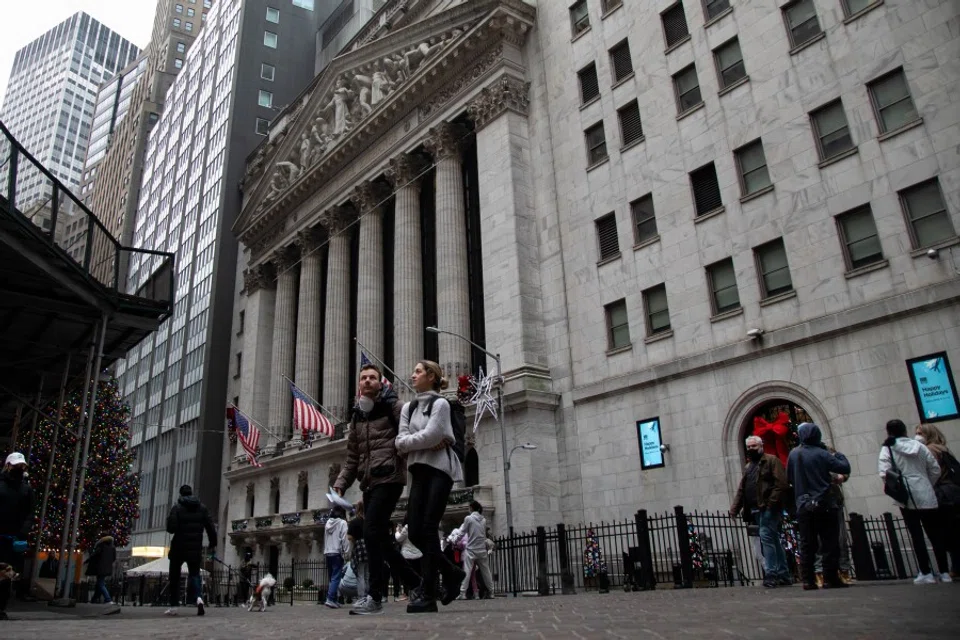
After two years of slow recovery, the global economy is no longer at rock bottom. While there may be turbulence ahead, the trajectory of recovery growth looks set to stay.
In its latest World Economic Outlook (WEO), the International Monetary Fund (IMF) projected the global economy to grow 4.9% in 2022, stressing that this is far higher than the average 3% growth over the past 50 years, and is set to be the strongest growth in the global economy since the early 1970s.
However, an analysis of the IMF forecasts would show that global economic growth in 2022 is significantly lower than the 5.9% projected for 2021, and the latest forecast was adjusted downward slightly as compared to the forecast for the previous quarter. Also, while the economy continues to recover next year, it will not go back to pre-pandemic levels. It has to be noted that as the IMF says, overall economic growth does not mean economic growth for all countries is at a maximum, as economic growth for many countries may slow down in 2022, and economic growth imbalances continue to expand.
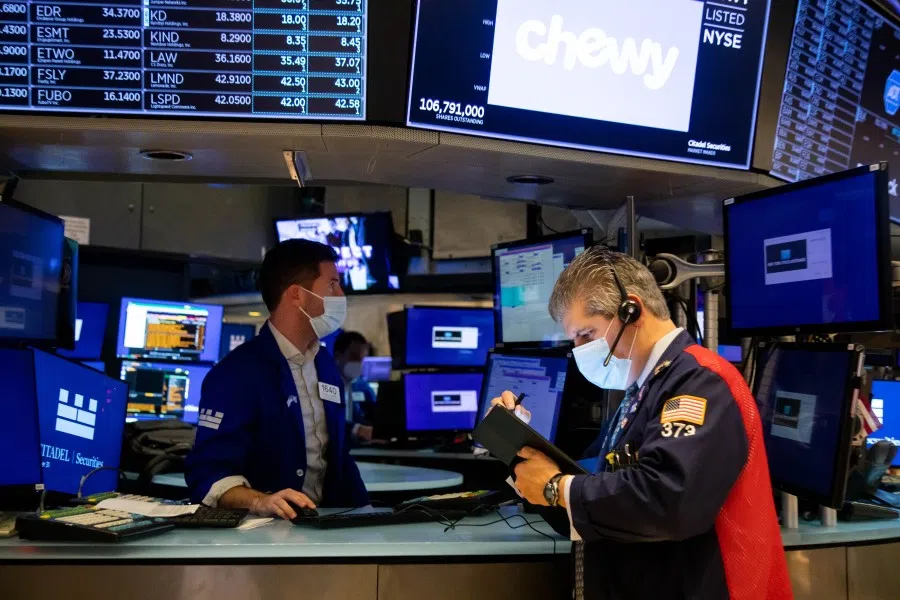
The base figure for economic growth in 2022 is significantly higher than 2021, and shows that the relatively weaker economic growth before was totally understandable. However, that the global economy has not recovered to pre-pandemic growth levels and the IMF is still adjusting economic growth downwards amid dynamic changes shows that the global economy will continue to face more variables in the new year, and we need to sift certainties out of the uncertainties, to get a clearer picture of the evolution of the global economy in 2022.
Pandemic continues to deal heavy blow to global economic recovery
The pandemic remains the biggest roadblock to global economic recovery. The overall assessment is based on countries having more experience in fighting the virus. In particular, with more vaccinated people, the negative impact of the pandemic on productivity and everyday life will weaken, but it is unlikely that the virus will disappear in the next year, mainly because knowledge and control of the virus is very different among various governments and populations; as long as the spread of the virus is not cut off, the pandemic will recede and break out sporadically.
Just as the virus mutates and seeks its own space, the inflation that has lasted a year will not go away in 2022. The question is, how long will it last, and will it get worse? And when will goods prices peak and start to go down?
The key to the issue is that the results of the vaccine will always lag behind the variants of the virus. If a new variant emerges, the number of variants, as well as the strength and transmissibility of the virus will determine the severity of the pandemic, which would have different impacts on the economy.

Just as the virus mutates and seeks its own space, the inflation that has lasted a year will not go away in 2022. The question is, how long will it last, and will it get worse? And when will goods prices peak and start to go down?
With inflation starting high and ending low in the next year, the Fed will not raise interest rates too many times over the year. Also, unlike the financial crisis when the Fed implemented about six years of quantitative easing (QE), this round of QE would only last around two years...
Inflation might go down
In late 2021, Bloomberg conducted a global survey where most economists interviewed felt inflation in 2022 will drop. Specifically, goods prices might increase slightly in the first half of next year, but drop in the second half of the year, with the global consumer price index (CPI) falling to 2.6% by the end of the year, which is still higher than the average 1.8% during the decade before the pandemic.
While the reliability of such sample surveys is questionable, one thing is certain: the easing of global monetary policy will more or less suppress goods prices and keep inflation mild. If so, that will be good for improving company operations and expanding business cycles.
While it is true that easing monetary policy is the theme for next year, for some countries, reducing debt is just a question of adjusting volume or quantity, while the core of the issue lies in whether prices will also be adjusted along with volume. And the most important question is whether the US Federal Reserve will raise interest rates, and how often and by how much? No one can say for sure, except for one thing: before the debt is reduced, the Fed will not activate interest rate tools while tightening monetary policy, and so raising interest rates will be pushed at least to the second quarter of 2022. The Fed will also have to act according to inflation; if inflation has not weakened, interest rates will be raised any time, but if goods prices fall or the increase is small, the Fed will choose to wait and see.
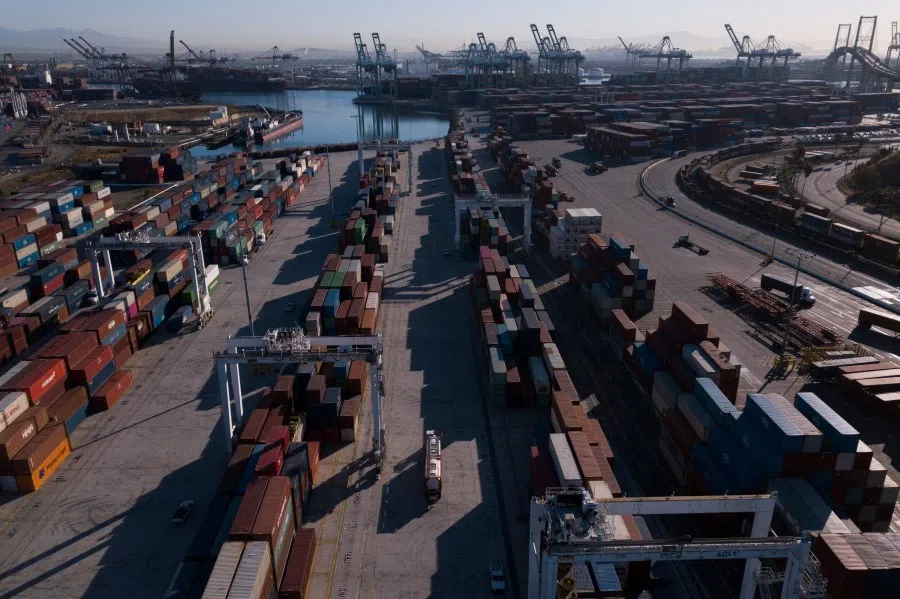
Fiscal policies can be the best alternative driving force in 2022 following the marginal weakening effects of monetary policies, in the promotion of a stable recovery of the global economy. Among them, the Biden administration's economic aid package, in particular the infrastructure plan, will be substantially implemented.
With inflation starting high and ending low in the next year, the Fed will not raise interest rates too many times over the year. Also, unlike the financial crisis when the Fed implemented about six years of quantitative easing (QE), this round of QE would only last around two years, with a quicker interval to easing, which might have a bigger impact on the market. Considering the significant opportunity costs that resulted from policy tightening after the financial crisis, we can expect the Fed to communicate promptly with the market before raising interest rates, and keep the increase at around 25 points, to minimise the impact of policy tightening on the financial market and macroeconomy.
Emphasis on fiscal policies
Fiscal policies can be the best alternative driving force in 2022 following the marginal weakening effects of monetary policies, in the promotion of a stable recovery of the global economy. Among them, the Biden administration's economic aid package, in particular the infrastructure plan, will be substantially implemented. Apart from investing US$1.2 trillion in revamping and upgrading bridges, airports, waterways, public transit and so on, the US also proposed a global infrastructure plan called "Build Back Better World", an initiative jointly funded by the European Union (EU), Japan, and other G7 member states to invest in up to ten large infrastructure projects globally. In response, the EU has pledged to raise €300 billion for global infrastructure investment in fields including digitalisation, healthcare, energy and climate. The UK also proposed a Clean Green Initiative worth £3 billion to help developing countries develop green technology, and construct infrastructure in a more environmentally-friendly way.
Also, as the largest emerging economy, China has pledged to launch some infrastructure projects in advance, with 2022 possibly becoming China's "year of infrastructure" (基建大年).
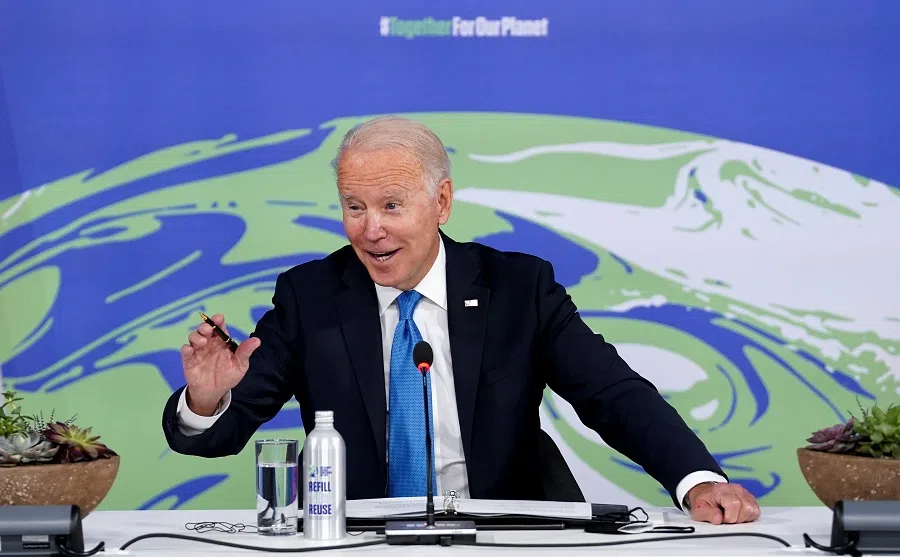
...the global shipping industry could still be constrained by the tight capacity of containers, ships and ports, among other factors, in 2022. But at least there would not be a repeat of the rare shipping squeeze and container congestion like the one in 2021.
In addition, the EU's budget for 2022 totalled €170.6 billion, while Japan approved the largest ever draft budget for fiscal 2022. These additional funds would mostly be used for economic stimulus. Also, as the largest emerging economy, China has pledged to launch some infrastructure projects in advance, with 2022 possibly becoming China's "year of infrastructure" (基建大年). As long as the investments of the US, the EU, Japan and China - the main drivers of the global economy - rapidly grow, the global economy will continue expanding.
Signs from supply chains and shipping routes
The normalisation of industrial and supply chains is also telling of the prospects of global economic recovery. As local industrial chains of various countries actively find new ways to open up various nodes - the most trying period of the global shortage of chips and other intermediate goods is over, and Bloomberg predicts that stable supplies will resume by the latter half of 2022 - UK research consultancy firm Drewy reported in its Global Container Terminal Operators Annual Review and Forecast that global container port capacity is projected to increase by an average of 2.5% per year in the next five years, but global demand is set to rise by an average 5% per annum over the same period. As it takes between two and three years for the shipping industry to recover and grow, this means that the global shipping industry could still be constrained by the tight capacity of containers, ships and ports, among other factors, in 2022. But at least there would not be a repeat of the rare shipping squeeze and container congestion like the one in 2021.
One of the indicators that best describes the problem is the downward trend of the Baltic Dry Index (BDI, which measures the prices for transporting cargo) since October 2021. Although it rose for a short while following the outbreak of the Omicron variant of Covid-19, the BDI eventually fell and returned to a stable state, indicating that the worst is over in global supply chain disruptions. With less pressure and smoother shipping routes, business product demand and consumer demand for basic necessities will rise respectively. Furthermore, the ramping up of investment and consumption would definitely contribute to the growth of the global economy as well.
Compared with developed countries, many developing countries do not have the same "self-circulation ability" to borrow new debts to pay old ones. This is because developing countries not only lack creditworthiness but more importantly possess significantly larger debt servicing costs.
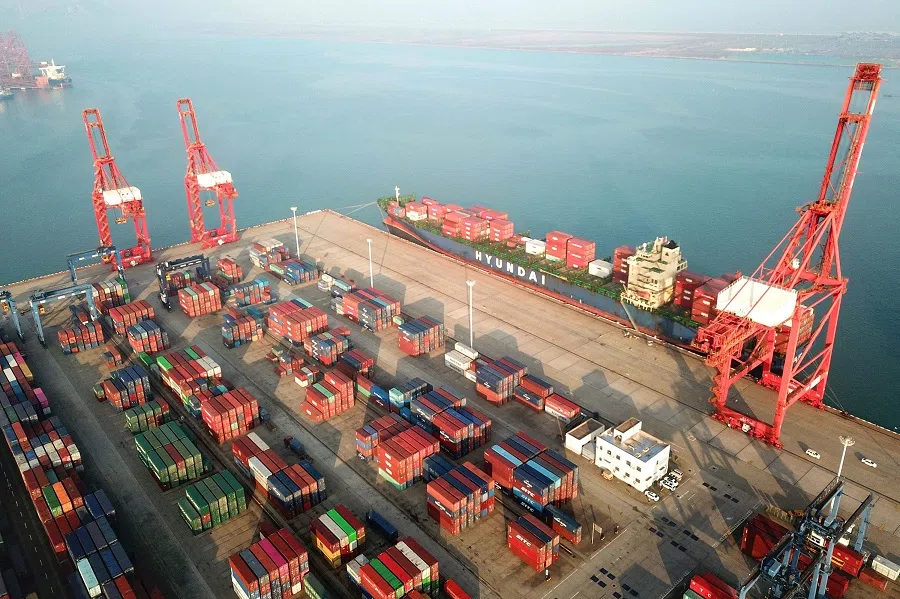
Undoubtedly, as we watch the global economy expand in the year ahead, we must also be aware of greater debt risk exposures for some emerging market economies and developing countries. Compared with developed countries, many developing countries do not have the same "self-circulation ability" to borrow new debts to pay old ones. This is because developing countries not only lack creditworthiness but more importantly possess significantly larger debt servicing costs.
Under the Fed's loose monetary policy, emerging market economies have taken advantage of reduced asset costs and incurred significant incremental foreign debt out of the need to contain the Covid-19 pandemic and stimulate the economy. But as the Fed tightens its monetary policy, a stronger US dollar would inevitably increase the debt burden of emerging markets and developing countries, especially Argentina, Venezuela, and Turkey, which have yet to get out of their original debt and have now incurred new debt. With limited repayment abilities, a large-scale breach of contract could happen.
Additionally, the shift in the Fed's monetary policy would also lead to a large-scale outflow of capital that had previously flowed into emerging markets. As emerging market economy assets undergo a revaluation and become even more pressured by currency depreciation, their refinancing and debt repayment risks will increase. And as soon as emerging market economies are squeezed and affected as a result of this, the road to global economic recovery, including the recovery of developed economies, would be a tumultuous one.
Related: China's desperate measures to avert a looming economic crisis | China holding off on regulatory crackdowns and common prosperity? | Hit by the pandemic: Foreign companies in China struggle with regulations and policies | Can China pull itself out of the economic doldrums? | Is a zero-Covid policy adversely affecting China's economic recovery? | Is China's economy collapsing?

![[Big read] Paying for pleasure: Chinese women indulge in handsome male hosts](https://cassette.sphdigital.com.sg/image/thinkchina/c2cf352c4d2ed7e9531e3525a2bd965a52dc4e85ccc026bc16515baab02389ab)



![[Big read] How UOB’s Wee Ee Cheong masters the long game](https://cassette.sphdigital.com.sg/image/thinkchina/1da0b19a41e4358790304b9f3e83f9596de84096a490ca05b36f58134ae9e8f1)